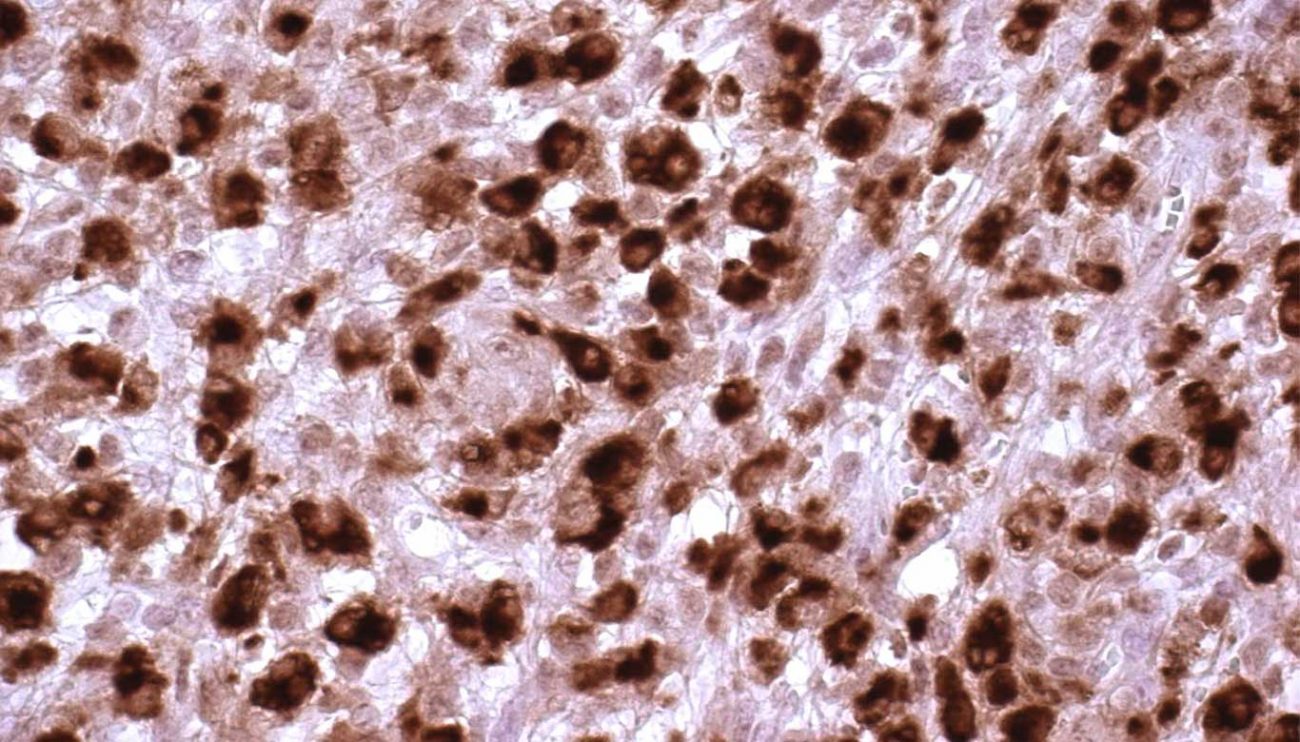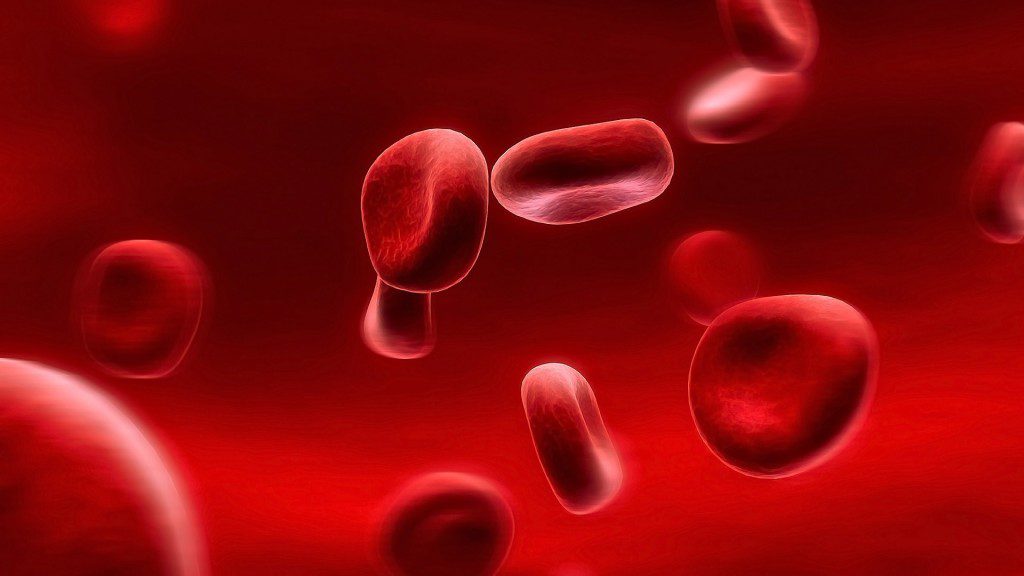About ALCL

What is ALCL?
ALCL stands for “Anaplastic Large Cell Lymphoma”. It is a rare type of non-Hodgkin lymphoma and can be seen in all organs, especially in the skin and lymph nodes. According to the figures of FDA (American Food and Drug Administration), the scientific data on the development of ALCL in patients undergoing breast augmentation 34 ALCL cases were reported worldwide in the period between 1997 and 2010. In the same study, the rate of incidence for ALCLs in the US was estimated to be approximately 1 / 500,000 per year.
Symptoms
ALCL, which presents itself in late period with asymmetry, swelling, pain, mass, disfiguring, is formed inside the liquid surrounding the implant or inside the scar/tissue of the capsular contracture (in patients that have painful shrinkage, stiffness in the breast).
“Breast implants does not cause ALCL”
According to FDA evaluations based on multi-centered and / or case reports, even if there are studies claiming that it is typically developing around implants with textured surfaces, it is thought that there is no relation between the development of ALCL and whether the prosthesis has silicone or serum content or large or small.
The studies with differing views suggest that only 7% of the cases were observed in implants with plain surfaces while they are more often observed in implants with excessively textured implants. ALCL related to breast implant was defined as a separate entity within ALCL Family by WHO in 2016.
“ALCL is certainly not a cancer type”
It is a slow-acting lymphoma with a low growth rate. With the total removal f the capsule tissue that is developed around the breast as a reaction, full recovery is maintained in majority of the cases. Radiotherapy and chemotherapy were applied to in small number of cases where metastasis occurs. According to statistics provided by FDA, 9 deaths are reported. In these cases, either the whole capsule was not removed, or late diagnosis was made at later stages of the disease.
What to do?
For cases where seroma develops in late period in patients with capsule, “MR” is suggested.
For these patients, it is necessary to remove, if possible to whole capsule surgically, and the sample of the liquid that is accumulated and the breast capsule should be sent to laboratory for histopathologic test
It is important to request the pathology to make an evaluation for ACLC separately. Other procedures that should be followed are analyzing Seroma liquid by direct smear and immunohistochemical tests, and controlling Anaplastic Lymphoma Kinase (ALK) markers.
“For the patient who is diagnosed with ALCL, the removal of the breast implant and the scar tissue surrounding it (capsule) provides full and sufficient treatment.”
It is suggested that the patients using implants with textured surface, should have MR control pnce in every 3 years in addition to routine clinical controls. Especially in the late period, the patients with swelling, pain, shrinkage, asymmetrical deformity problems should apply to their physician as a first step to be taken.
“For the patients without any problem, removal of the implants is not suggested. This is not necessary.
Both World Health Organization (WHO) and FDA underline this point. However, the patients with breast implants should have their routine controls and be informed about above mentioned problems
In short,
- ACLC is observed in patients who underwent operation for breast enlargement with implants.
- It is a rare problem, 1/500,000
- It develops in late period after the surgery.
- It is observed in cases, where the capsule that normally develops after all surgeries is oversized.
- No relationship is found between ACLC and size, content of the implant and its purpose (aesthetic or reconstructive)
- Most common symptoms; “Swelling, pain, asymmetry, deformity”.
- When the symptoms are encountered, the first thing to do is to visit, without losing time, the doctor who has performed the implant surgery
- The treatment is complete and precise with removal of the prosthesis, the capsule around the breast and the accumulated liquid (seroma),
- There is no need to remove the implants of people who do not experience any problem.
- Nevertheless, it is recommended that implants should be controlled once in 3years.
- It is definitely not a type of breast cancer but rather a new clinical entity.





